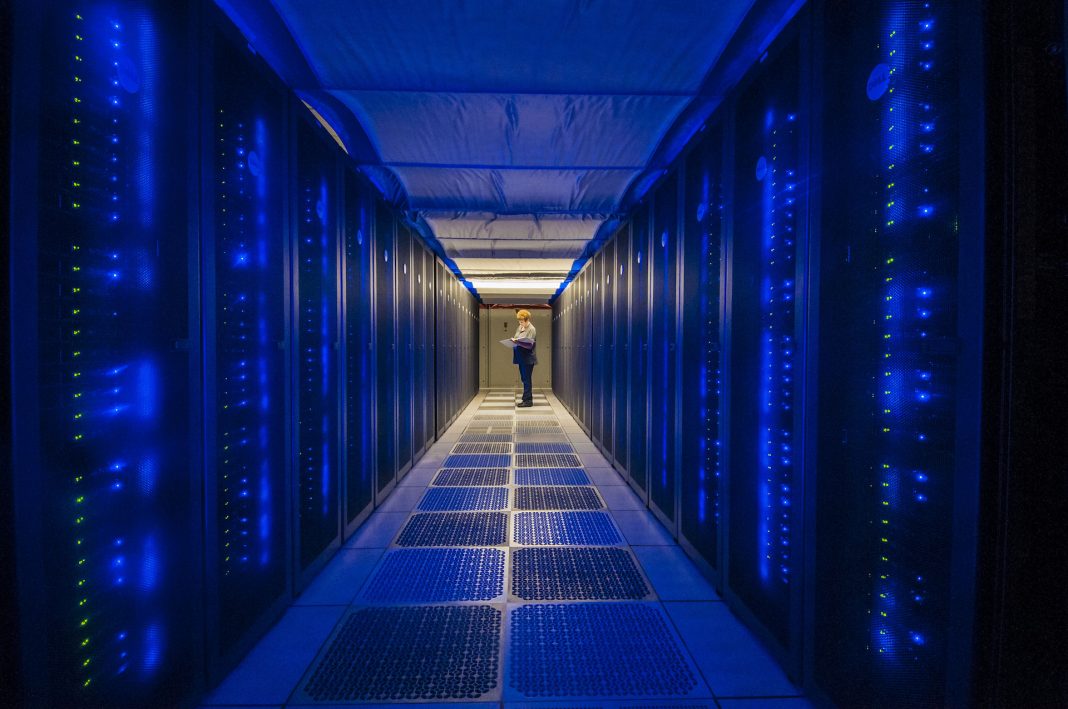The search for extra dimensions within our Universe continues, but this time scientists have suggested that gravitational waves may be the key to locating these parallel worlds. This new way of thinking looks to answer the mystery of why gravity is so much weaker than the other fundamental forces of the Universe. It proposes that gravity is in fact leaking out into these undetected extra dimensions.
Emilian Dudas from the Ecole Polytechnique in France commented that, “Extra dimensions have been discussed for a long time from different points of view.Gravitational waves could be a new twist looking for extra dimensions.” According to string theory, 10 dimensions makes much more sense than six or even the four we all know now. String theory also proposes that the smallest particles of matter we know as quarks are in fact made up of even smaller filaments that are known as strings. These strings are what intrigue physicists so much as they can describe all known forces of nature simultaneously. But so far we’re still yet to detect these supposed extra dimensions.
However, physicists Gustavo Lucena Gomez and David Andriot from the Max Planck Institute for Gravitational Physics in Germany now think that gravitational waves may be the key to finding them. Gravitational waves have made the headlines quite a lot recently, especially since LIGO managed to finally produce evidence of them last year. “If there are extra dimensions in the Universe, then gravitational waves can walk along any dimension, even the extra dimensions,” said Gomez. The pair of physicists created a model that described how the effects of hidden dimensions would look. The two main points found were that extra waves were evident at high frequencies and that gravitational waves would essentially stretch the Universe across extra dimensions.
The first point they describe as a massive tower of gravitational waves with frequencies higher than what LIGO can detect. They proposed, “If such a detector were available, however, one could hope for a clean signal, since there is no known astrophysical process emitting gravitational waves with frequencies much greater than 1,000 Hz.” The second point was something they called breathing mode and involves looking at normal gravitational waves and how they stretch or shrink space-time. “The breathing mode deforms the space in a specific manner, giving a distinct signature.” To see this change the scientists predict they would need three such LIGO detectors to observe the same object all at the same time. This will allow scientists to look for extra dimensions and could also help us to address the why gravity is so weak in comparison to the rest of the fundamental forces.
But, theoretical physicist Bobby Acharya from King’s College London thinks we will struggle to find these extra dimensions using gravitational waves as they’re so small. He says, “In order to excite them and create waves on those extra dimensions, the fact that extra dimensions are so small it means the frequency of this gravitational wave will be very high – much higher than the LIGO gravitational wave detectors can detect.” So, it looks like there’s still a long way to go before we detect anywhere near the 10 dimensions string theory talks of, but at least we’re trying.
More News to Read
- Intricate Brain Surgery Carried Out Successfully in Under 3 Minutes Thanks to this Robot
- How Nvidia’s Artificial Intelligence Will Team up With CCTV to Analyse Your Every Move
- NASA Considers Multiple Proposals for Unmanned Solar System Exploration
- Are You Ready for the Tesla Model 3 Boom?
- 5G Gets Another Step Closer With Thanks to These Special Radios











